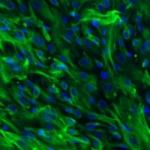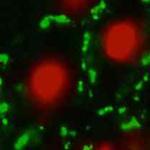Retrospective analyses show that safety and efficacy constitute major stumbling blocks during drug development. In particular, drug-induced liver injury (DILI) is the main safety-related reason of post-marketing drug withdrawal and the major cause of acute liver failure in the Western world.
The inability of currently available preclinical animal-based safety studies to predict the hepatotoxic potential of new therapeutic agents is one of the underlying causes. Additionally, animal tests are time- and resource-intensive, and remain subject of ethical controversy. The current European regulatory environment also stimulates the shift from in vivo to in vitro testing, in particular because the use of animals for research purposes becomes increasingly prohibited.
Consequently, not only the pharmaceutical, but also the chemical and cosmetic industries urgently need in vitro models for toxicological investigations. These should be:
- human-relevant,
- adequately reflect specific tissue function, and,
- enable process automation and high-throughput.
The In Vitro Toxicology team strives to find an answer to these needs by developing metabolically-competent in vitro liver models based on:

Discover how we develop in vitro liver models from (i) bile duct stem cells, (ii) skin stem cells, and (iii) umbilical cord stem cells

Learn why intercellular communication-mediating proteins could be interesting biomarkers and drug targets in the treatment of acute and chronic liver conditions.
Identification of genotoxic compounds using a human hepatoma cell-based classifier
Coming soon

